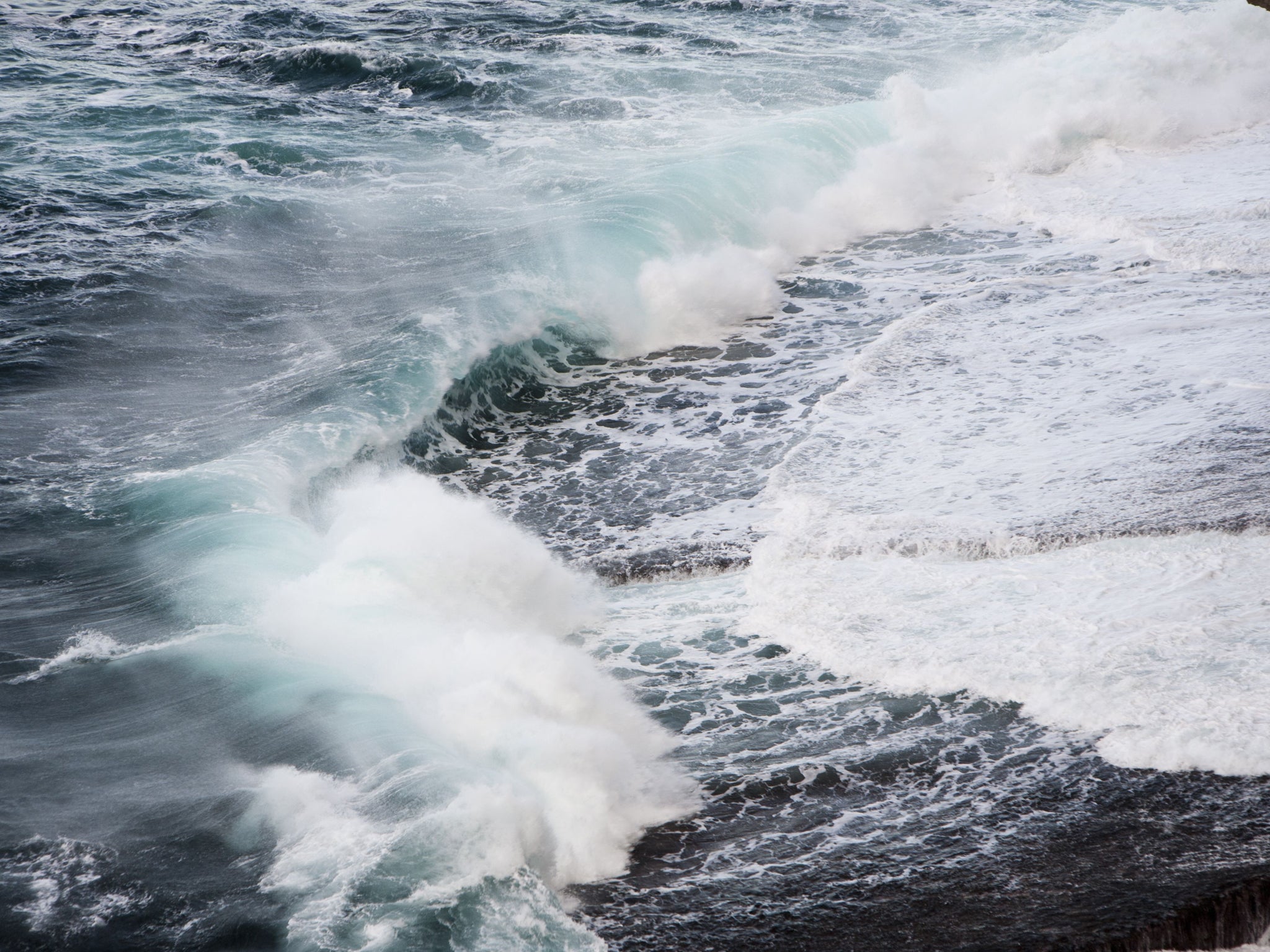Wave goodbye to hope of tidal energy exports, Scots politicians told
Estimates of power by Oxford researchers are a fraction of those of the Scottish Government

Scotland has seriously overestimated the amount of electricity that might be generated from tidal energy in the Pentland Firth, the stretch of shallow water separating the mainland and the Orkneys, according to the first detailed study into what has been dubbed the “Scottish Saudi Arabia”.
Scientists have estimated that the maximum average amount of electricity that can be generated from tidal turbines placed in the Pentland Firth is 1.9 gigawatts, with a more realistic output being nearer to 1GW.
However, the Scottish Government states on its website, “Energy in Scotland: get the facts”, that Scotland has 25 per cent of Europe’s tidal energy potential, which it says amounts to 14GW.
This kind of optimistic estimate has led some politicians to compare Scotland’s potential energy exports to those of Saudi Arabia, arguing that an independent Scotland will be able to export its spare electricity to Europe.
The study still found that the Pentland Firth is remarkable for its tidal energy potential, with currents running around the Orkneys at up to 5 metres per second due to the incredibly fast tidal stream running between the Atlantic Ocean and the North Sea.
“Pentland Firth promises to be one of the best sites in the world for tidal power. What our research shows is that it could potentially generate power equivalent to almost half of Scotland’s annual electricity consumption,” said Thomas Adcock, the Oxford University engineer who led the research.
“Generally, for many reasons, the Scottish Government is keen to promote its renewable energy resources and get the investment to exploit it, but the estimates it gives for the Pentland Firth are considerably higher than what we are giving in this study,” Dr Adcock said.
“There’s a huge amount of tidal power there but it’s certainly not the case that Scotland will be able to export its tidal energy, which has been one of the arguments for Scottish independence,” he said.
The study, published in the journal Proceedings of the Royal Society A, estimated the maximum number of turbines that could be placed in the Pentland Firth without interrupting the flow of the current to a point where little or no electricity ends up being generated.
Three rows of turbines would be the maximum that could be deployed without seriously eroding the power-generating capacity of the tidal flow. This would produce a power output that could match or exceed that of wind turbines, which compete for investment, Dr Adcock said.
“Our study provides the first robust data about how much energy it would be feasible to extract… it is the most robust estimate to date.
“It also suggests that to be efficient any scheme would have to be ‘joined up’ so that, for example, individual tidal turbines did not cancel each other out and provisions were made to store the greater energy produced by spring tides and feed these back in at neap tides,” Dr Adcock added.
“Building handfuls of tidal turbines in ‘plots’ of ocean leased out to individual developers is not going to extract the maximum energy from Pentland Firth. To make the most of this unique site the placement of turbines would need to be carefully planned,” he added.
Subscribe to Independent Premium to bookmark this article
Want to bookmark your favourite articles and stories to read or reference later? Start your Independent Premium subscription today.

Join our commenting forum
Join thought-provoking conversations, follow other Independent readers and see their replies